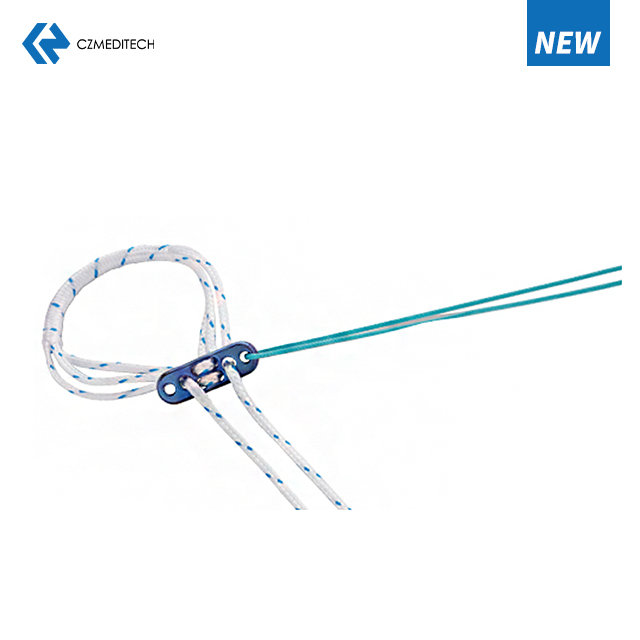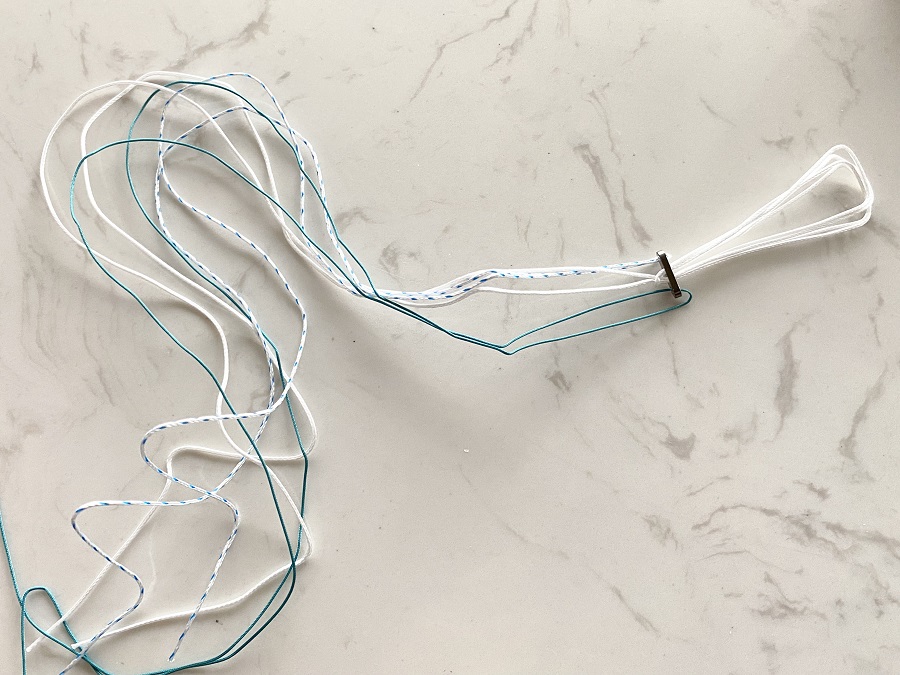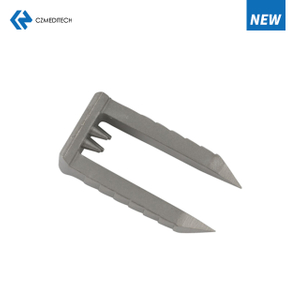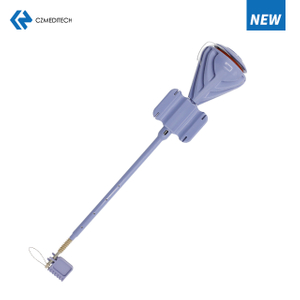Fixation Button: What It Is and How It Works in Surgery
Fixation buttons have become increasingly popular in surgical procedures due to their ease of use and reliability. These buttons are typically made of plastic or metal and are used to hold tissues or organs in place during surgery. In this article, we will discuss the use of fixation buttons in surgery, how they work, and their benefits.
What is a Fixation Button?
A fixation button is a small device used in surgery to hold tissues or organs in place. It is typically made of plastic or metal and comes in various sizes and shapes, depending on the intended use. The button is attached to a suture or wire, which is then used to hold the tissue or organ in place.
How Does a Fixation Button Work?
When a surgeon needs to hold a tissue or organ in place during a procedure, they will first insert the button into the tissue. The button is then attached to a suture or wire, which is pulled tight to hold the tissue in place. The button acts as an anchor, preventing the tissue from moving during the procedure.
Benefits of Fixation Buttons
Fixation buttons offer several benefits over traditional methods of tissue fixation. One of the main benefits is their ease of use. Fixation buttons can be quickly inserted into the tissue, and they do not require any special tools or techniques. Additionally, they are highly reliable and can hold tissues in place throughout the entire surgical procedure.
Another benefit of fixation buttons is that they can be used in a variety of procedures. They are commonly used in orthopedic surgeries, such as fixing fractures or attaching tendons, as well as in procedures involving soft tissue, such as hernia repairs or breast reconstruction.
Types of Fixation Buttons
There are several types of fixation buttons available, each designed for specific uses. The most common types of fixation buttons include:
Interference screws
Button anchors
Tack anchors
Endobuttons
Cannulated screws
Interference screws are commonly used in orthopedic surgeries to hold bone grafts in place. Button anchors are used to fixate tissues, such as in ACL reconstruction surgery. Tack anchors are used in soft tissue procedures, such as hernia repairs. Endobuttons are used to attach tendons or ligaments to bone, and cannulated screws are used to fixate bone fragments.
Risks and Complications
Like any surgical procedure, the use of fixation buttons comes with risks and potential complications. Some of the most common risks associated with fixation buttons include infection, bleeding, and damage to surrounding tissues or organs. However, these risks are relatively rare, and fixation buttons are generally considered safe and effective.
Conclusion
Fixation buttons have become a popular tool in surgical procedures due to their ease of use and reliability. They offer several benefits over traditional methods of tissue fixation and can be used in a variety of procedures. While there are risks associated with their use, fixation buttons are generally considered safe and effective when used properly.
FAQs
Are fixation buttons reusable? No, fixation buttons are not reusable. They are single-use devices that are disposed of after each use.
How long does it take to insert a fixation button? The time it takes to insert a fixation button varies depending on the procedure and the surgeon's experience. However, it typically only takes a few minutes.
Are fixation buttons painful? The use of fixation buttons should not cause any pain during or after the procedure. However, patients may experience some discomfort or soreness in the area where the button was inserted.
English
Français
Русский
Español
العربية
Português
Deutsch
italiano
日本語
한국어
Nederlands
Tiếng Việt
ไทย
Polski
Türkçe
አማርኛ
ພາສາລາວ
ភាសាខ្មែរ
Bahasa Melayu
ဗမာစာ
தமிழ்
Filipino
Bahasa Indonesia
magyar
Română
Čeština
Монгол
қазақ
Српски
हिन्दी
فارسی
Kiswahili
Slovenčina
Slovenščina
Norsk
Svenska
українська
Ελληνικά
Suomi
Հայերեն
עברית
Latine
Dansk
اردو
Shqip
বাংলা
Hrvatski
Afrikaans
Gaeilge
Eesti keel
Māori
नेपाली
Oʻzbekcha
latviešu
অসমীয়া
Aymara
Azərbaycan dili
Bamanankan
Euskara
Беларуская мова
भोजपुरी
Bosanski
Български
Català
Cebuano
Corsu
ދިވެހި
डोग्रिड ने दी
Esperanto
Eʋegbe
Frysk
Galego
ქართული
guarani
ગુજરાતી
Kreyòl ayisyen
Hausa
ʻŌlelo Hawaiʻi
Hmoob
íslenska
Igbo
Ilocano
Basa Jawa
ಕನ್ನಡ
Kinyarwanda
गोंगेन हें नांव
Krio we dɛn kɔl Krio
Kurdî
Kurdî
Кыргызча
Lingala
Lietuvių
Oluganda
Lëtzebuergesch
Македонски
मैथिली
Malagasy
മലയാളം
Malti
मराठी
ꯃꯦꯇꯥꯏ (ꯃꯅꯤꯄꯨꯔꯤ) ꯴.
Mizo tawng
Chichewa
ଓଡ଼ିଆ
Afaan Oromoo
پښتو
ਪੰਜਾਬੀ
Runasimi
Gagana Samoa
संस्कृत
Gaelo Albannach
Sepeti
Sesotho
chiShona
سنڌي
Soomaali
Basa Sunda
Wikang Tagalog
Тоҷикӣ
Татарча
తెలుగు
ትግንያውያን
Xitsonga
Türkmençe
संस्कृत
ئۇيغۇرچە
Cymraeg
isiXhosa
ייִדיש
Yorùbá
isiZulu




























